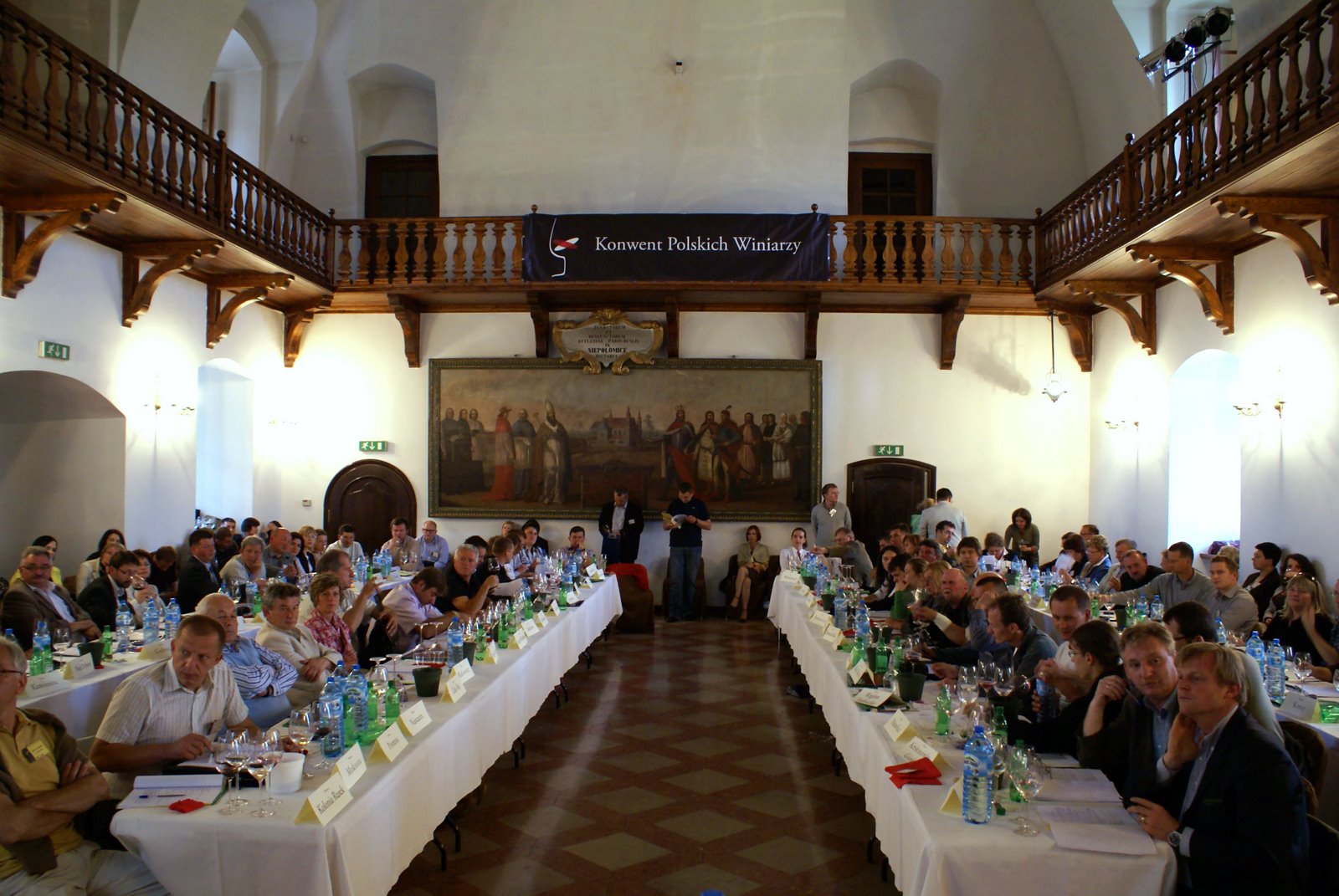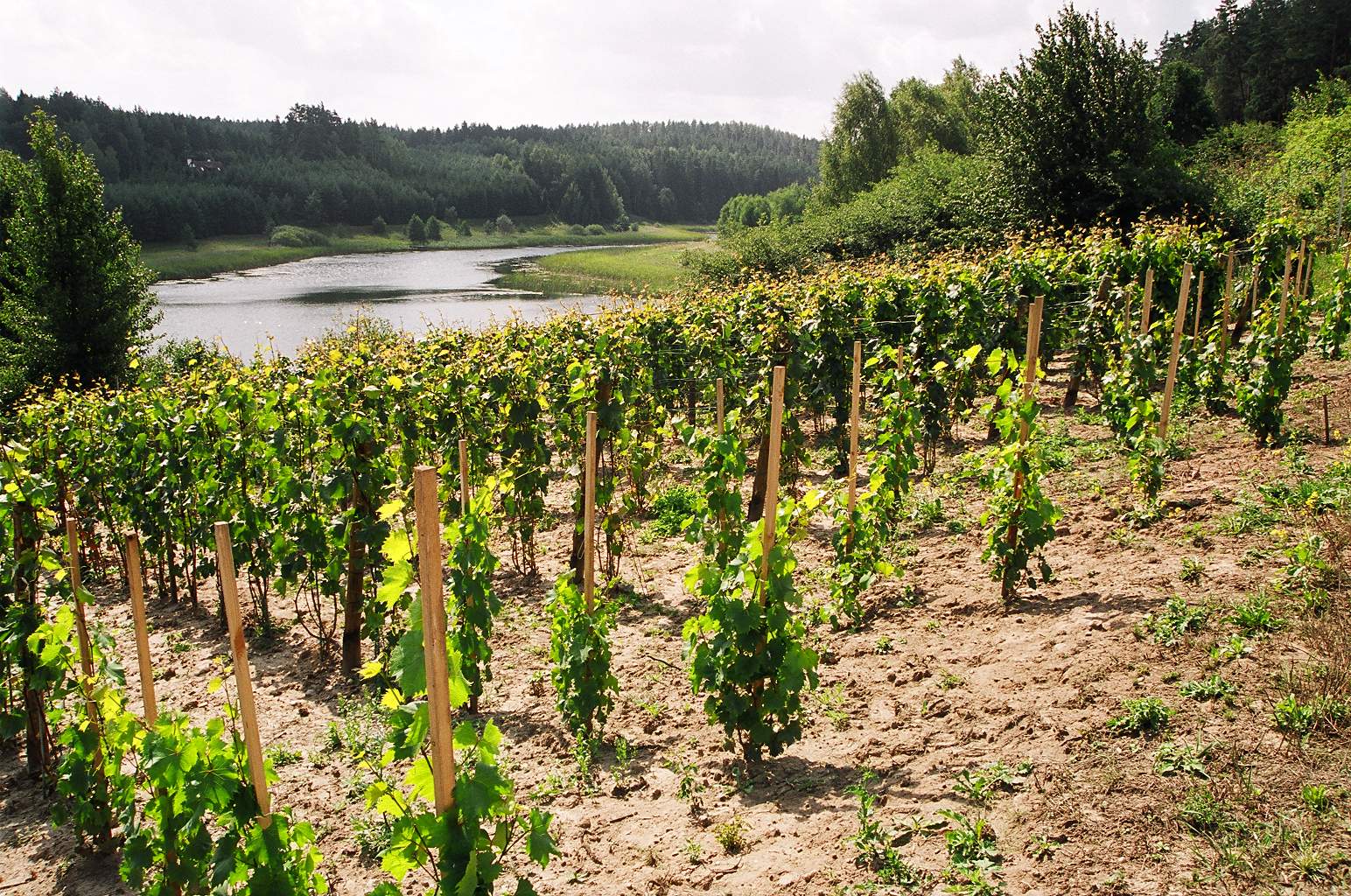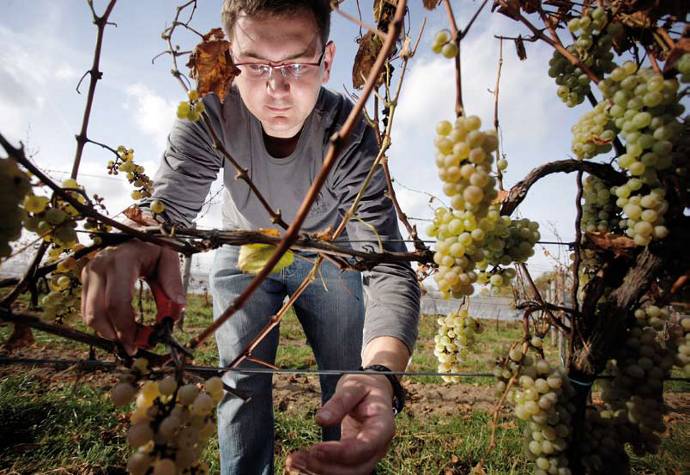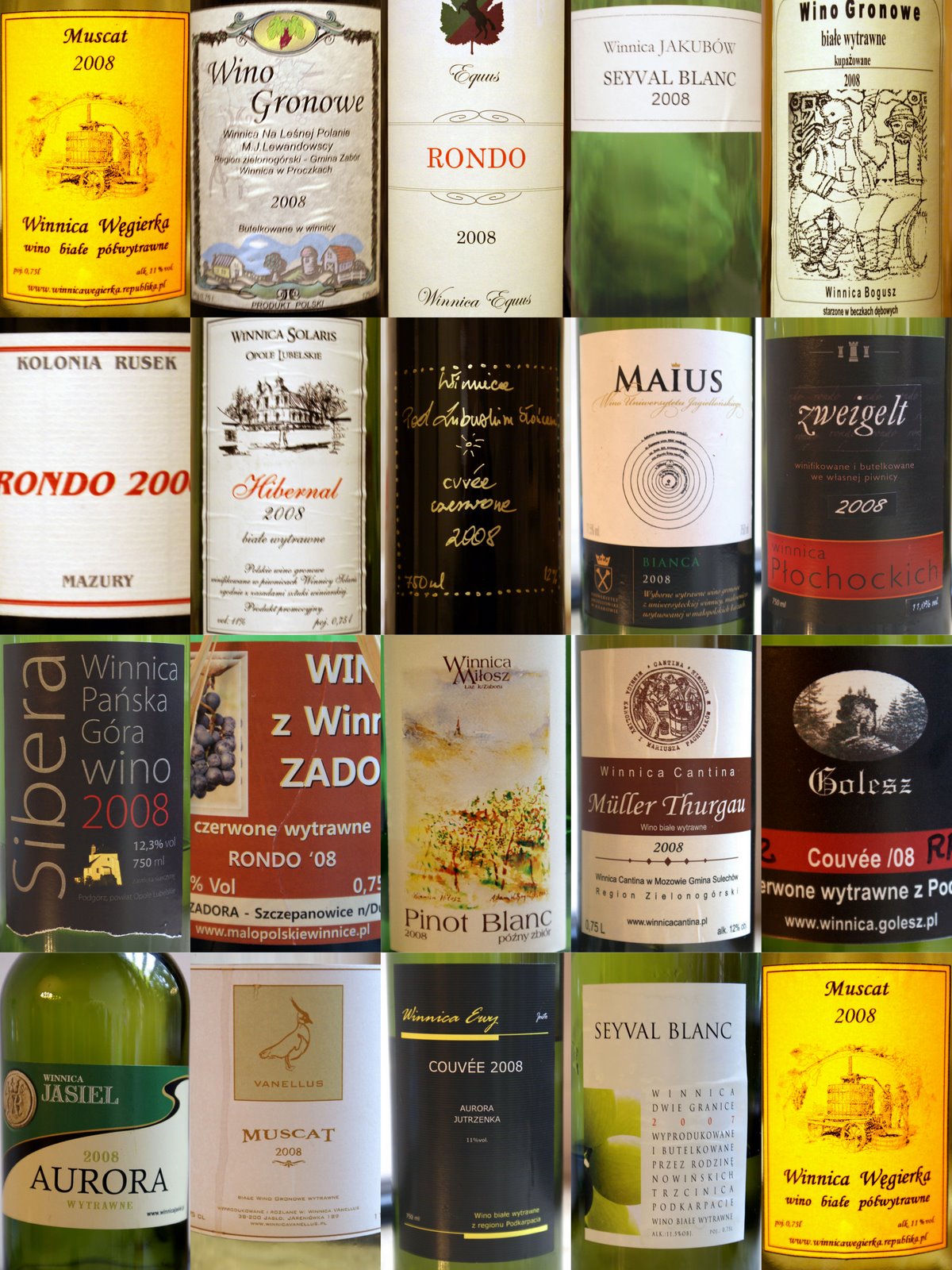Polish Vintners’ Convention
Posted on 23 June 2009
 All these people are Polish vignerons.
All these people are Polish vignerons.
Polish grape wine is not available for purchase anywhere in the world and as such has a limited relevance to my dear readers, but judging by the number of visits forwarded by a ‘Polish wine’ Google search or similar, the curiosity is surely there. The subject is beyond the scope of this blog entry and I’ll be publishing a Polish wine primer on my main website soon; what follows is a summary.
You’ll be forgiven for not thinking of Poland as a wine country, as for the last centuries production was minimal and no permanent wine-producing tradition was established. The small vineyards around Zielona Góra (developed when this region belonged to Germany before 1945) and in Podolia bore wine almost exclusively for local consumption. All this changed in the last decade. With global warming, a growing wine market, and Homo sapiens’ incurable atavistic attraction towards growing grapes, Poland suddenly became a wine producing-country on a growing scale. When EU accession was negotiated Poland was included in ‘zone A’ countries with no cap set for future vineyard plantings. Today, we have more than 500 hectares, and this figure is growing by 15% every year.
Poland lies at the northern geographical limit for vine growing but with mean temperatures increasing in the last two decades and winters far less severe than they used to be, viticulture is now viable in a large part of the country. Naturally, vineyards are concentrated in the south with Subcarpathia, Lesser Poland and Lower Silesia each having around 25% of Poland’s acreage, but vineyards have been established as far north as Mazuria and Słupsk.

Kolonia Rusek. © Winnica Kolonia Rusek.
Vitis vinifera proper is and will in the foreseeable future remain a minority in Polish vineyards but is responsible for a good part of the better wines. Only the warmest terroirs can be successful, such as Lower Silesia and Zielona Góra where there is a pre-war tradition of vinifera plantings and even some recently recovered old local clones. Red grapes include Dornfelder, Zweigelt, Pinot Noir, Frühburgunder and even pockets of Cabernet Sauvignon, while among white varieties we have Pinot Gris and Pinot Blanc (the former with some potential), Riesling (perhaps some good wines in the future), Müller-Thurgau, Sauvignon and Grüner Veltliner. Stylistically these wines are similar to Saxony or England, though far less consistent.
Apart from the harsh climate, Polish wine still suffers from a very rudimentary winemaking technology and lack of experience. Only a few producers have transcended the ‘home-made wine’ stage to produce any quantity of technically correct, stable, drinkable wine. Many vintners are happy to make wine as an extra attraction on their agrotouristical farms. It will take a decade or two before substantial investment and education bring the general level of the wines up. In any case, at the time of writing only two of the 500 estimated wineries have officially released wine for sale: there is a cornucopia of insane sanitary and tax regulations that make it virtually impossible for a small agricultural estate to comply with the requirements and obtain permission for sale. Consequently there is no chance to see any wines exported in the near future. (And there would be no reason as the quantity is small enough to be entirely consumed by patriotic locals).

Winemaker Piotr Stopczyński (formerly at Diamond Oaks in California) in the vineyards of the Jaworek estate near Wrocław. © Tomasz Wałków.
During the 4th Polish Vintners Convention, we tasted over 70 wines from nearly 40 estates. The difficult 2008 vintage (very rainy autumn) influenced the quality heavily, and many wines suffered from dilution and unripeness, adding to the usual technical defaults such as overchaptalisation, oversulphuring, oxidation and instability at bottling. There were highlights, however, and for future reference you might want to remember such names as Winnica Płochockich (winnica = vineyard) with their good range of whites (including the delicious Seyval Blanc) and a recently introduced Zweigelt, and Winnica Pańska Góra with perhaps Poland’s most interesting terroir to date (bare limestone rock) and some exciting unchaptalised whites led by the Hanna blend. I’ll have more recommendations in the Polish wine primer on the main website soon. For the time being, some Polish wine label art appears below.


